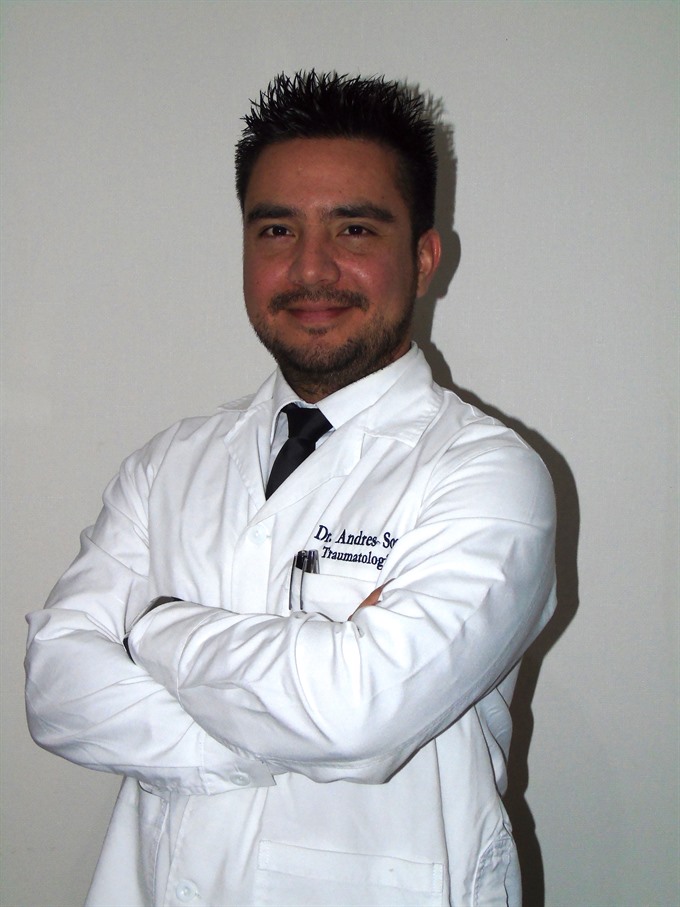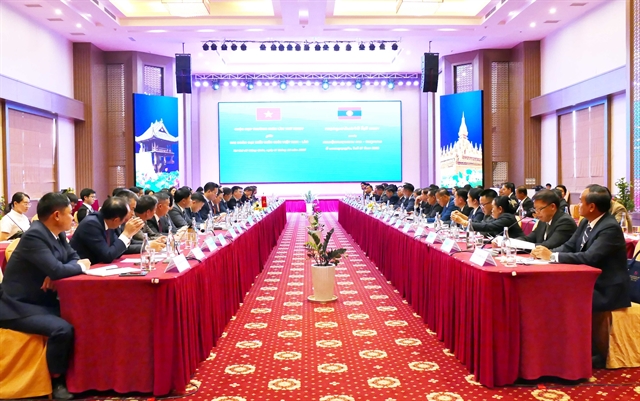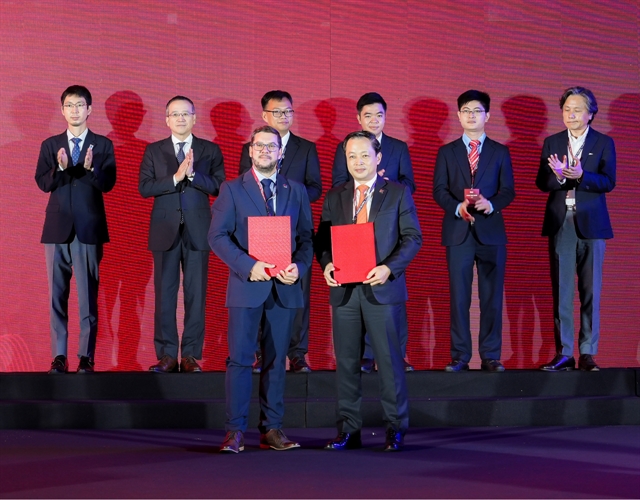 Life & Style
Life & Style

Twisting our ankles is a very common situation, especially when we are doing sports, using high heels, walking on the road or crossing the street. After a twist, our ankle will become painful and swollen and a purple mark or bruise might appear at the same side of the injured ligaments. This situation is medically known as an Ankle Sprain.
 |
| Dr. Andres Sosa. — Photo courtesy of Family Medical Practice |
By Dr. Andres Sosa*
Twisting our ankles is a very common situation, especially when we are doing sports, using high heels, walking on the road or crossing the street. After a twist, our ankle will become painful and swollen and a purple mark or bruise might appear at the same side of the injured ligaments. This situation is medically known as an Ankle Sprain.
Ankle bones are supported by ligaments – resistant and flexible strings that protect our joints from unexpected or unnatural movements, keeping our bones in the right position. However, they can get lengthened, torn or broken if we overstretch them. Our ligaments have some special nerves inside acting like motion sensors to help our brain to control our balance and body posture.
After twisting our ankle, the first thing we should do to relieve the pain and prevent more damage is to rest, keeping our foot elevated and applying ice for at least 10 minutes after covering the skin to avoid cold burns. If someone nearby knows how to correctly apply a bandage, it might be helpful. However, we must visit a doctor as soon as possible to check if a fracture or any other major ligament injury is present.
If ligaments are seriously injured after a sprain this may lead to severe complications like subluxations, dislocations, consecutive sprains and fractures. Therefore, ankle sprains should not be underestimated. After the acute period, people could feel discomfort or instability while walking for long time or long distances, using the stairs, wearing high heels or practicing sports. This is the most common complication after a poorly treated Ankle Sprain and it is called Ankle Instability.
The appropriate orthopedic care for an ankle sprain includes an evaluation from a specialist, ankle X-rays to confirm the presence of fractures or serious ligament injuries, a soft or rigid immobilisation according to each case and a personalised therapy to reduce the swelling and to relieve the pain. Patients must be instructed to avoid stepping with the injured foot using a pair of crutches and to keep the foot elevated as much as possible. After one week, the ankle will be less swollen and painful and a second medical evaluation is necessary. Physical therapy is often required to improve our ligaments condition and to prevent ankle instability.
If an Ankle Instability is confirmed, then you will need additional image studies to evaluate your ligaments, such as ultrasound or Magnetic Resonance Image together with a dedicated and very specific Physical Therapy programme.
Sometimes, the injured ligaments may continue to hurt even after they have healed. In those cases, the application of a steroid injection therapy is recommended, a very simple procedure that can be carried out by the specialist in his own office.
In order to prevent ankle sprains while working out, remember to warm up well before training and to stretch enough at the end of every session. Be very careful on the roadsides and stairs when using high heels and try to prevent falls using closed shoes instead of sandals or flip flops. — Family Medical Practice Vietnam
*Family Medical Practice Hanoi is pleased to welcome Dr. Andres Sosa to our medical team! Dr. Sosa is a Board Certified Orthopedic Surgeon, fellowship trained in Italy. He specializes in musculoskeletal trauma (fractures, dislocations, wounds), degenerative joint diseases (osteoarthritis, spine disc herniation) and sport lesions (sprains, joint instability, tendon ruptures). With more than eight years of experience, two European master degrees in Upper Limb Surgery and multiple courses overseas, Dr. Sosa is able to perform open surgery, internal fixation, shoulder/knee arthroscopy, external fixation, and joint replacement as well as non-surgical pain management. Dr. Sosa can speak English, Italian and Spanish fluently.
For more advice on any medical topics, visit Family Medical Practice Hanoi at: 298 I Kim Mã Street, Ba Đình District. Tel: (024) 3843 0748. E: hanoi@vietnammedicalpractice.com or https://www.vietnammedicalpractice.com
FMP’s downtown Hồ Chí Minh location is: Diamond Plaza, 34 Lê Duẩn Street, District 1; 95 Thảo Điền Street, District 2. Tel: (028) 38227848. E: hcmc@vietnammedicalpractice.com
FMP Danang is located at 96-98 Nguyễn Văn Linh Street, Hải Châu District, Đà Nẵng. Tel: (0236) 3582 699. E: danang@vietnammedicalpractice.com




